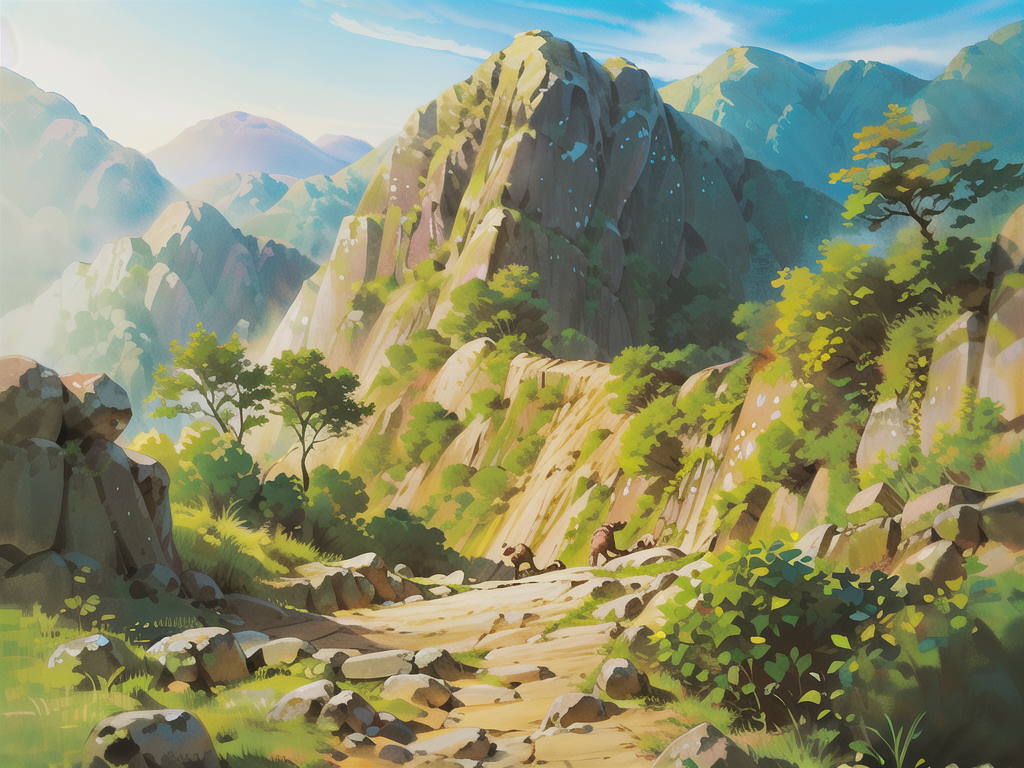
1. Machu Picchu, Peru
Location: Cusco Region, Peru
History: Built by the ancient Inca civilization around the 15th century, Machu Picchu stands as a testament to the architectural prowess and sophisticated engineering of its creators. This mountaintop citadel served as a ceremonial and administrative center, providing a unique glimpse into the Inca Empire's advanced society.
Highlights: The Intihuatana stone, Temple of the Sun, and the breathtaking panoramic views of the Andes Mountains.

2. Petra, Jordan
Location: Ma'an Governorate, Jordan
History: Carved into rose-red cliffs, Petra was the capital of the Nabateans, an ancient Arab civilization. This once-flourishing city was a vital hub for trade routes in the ancient world, showcasing a blend of Hellenistic, Roman, and Arabian influences.
Highlights: The Treasury (Al-Khazneh), Monastery (Al-Deir), and the intricate rock-cut architecture.
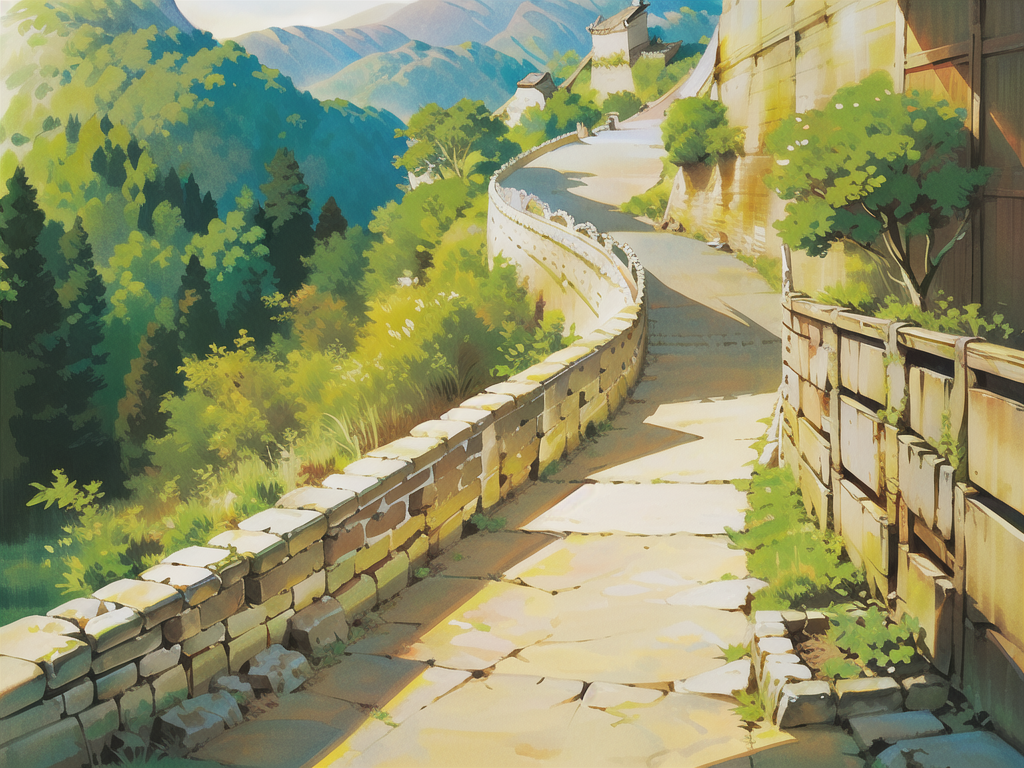
3. The Great Wall of China, China
Location: Northern China
History: Built over centuries, the Great Wall of China is a marvel of ancient engineering. Its purpose was to protect China from invasions by nomadic tribes. Stretching over 13,000 miles, this colossal fortification is a testament to the determination and ingenuity of the Chinese civilization.
Highlights: Mutianyu and Jinshanling sections for picturesque views and less-crowded experiences.
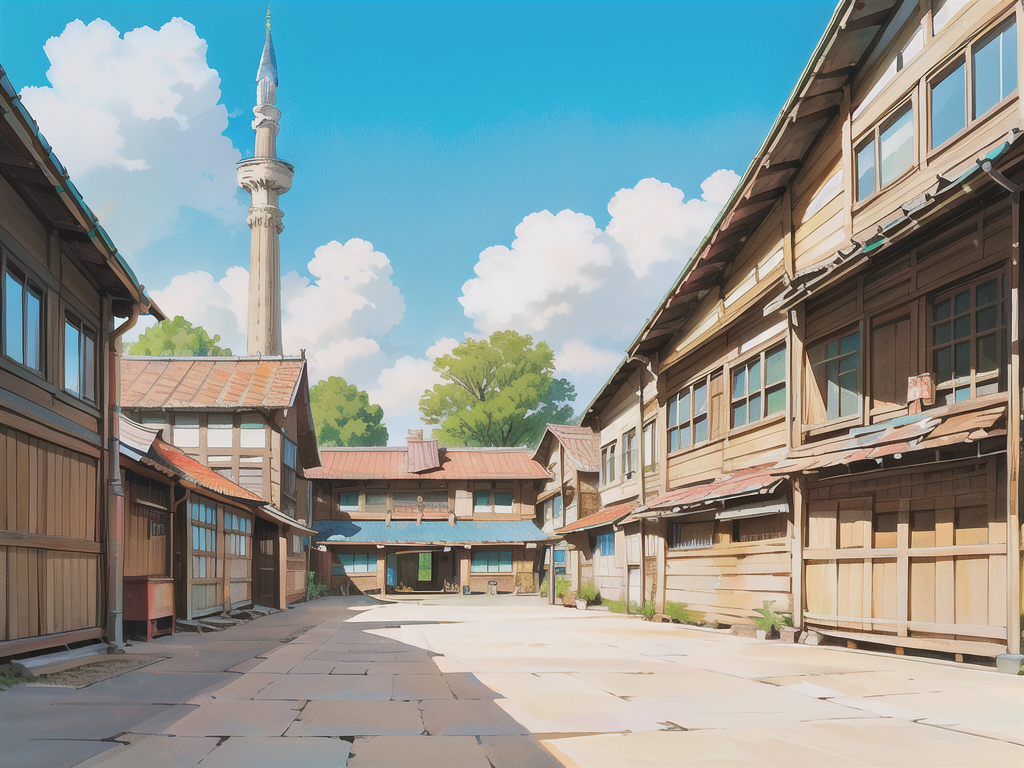
4. The Acropolis, Greece
Location: Athens, Greece
History: The Acropolis, a symbol of ancient Greece's cultural and architectural achievements, is crowned by the Parthenon, a temple dedicated to the goddess Athena. It stands as a tribute to the Golden Age of Athens, showcasing classical Greek ideals of beauty and harmony.
Highlights: Parthenon, Erechtheion, and the Temple of Athena Nike.
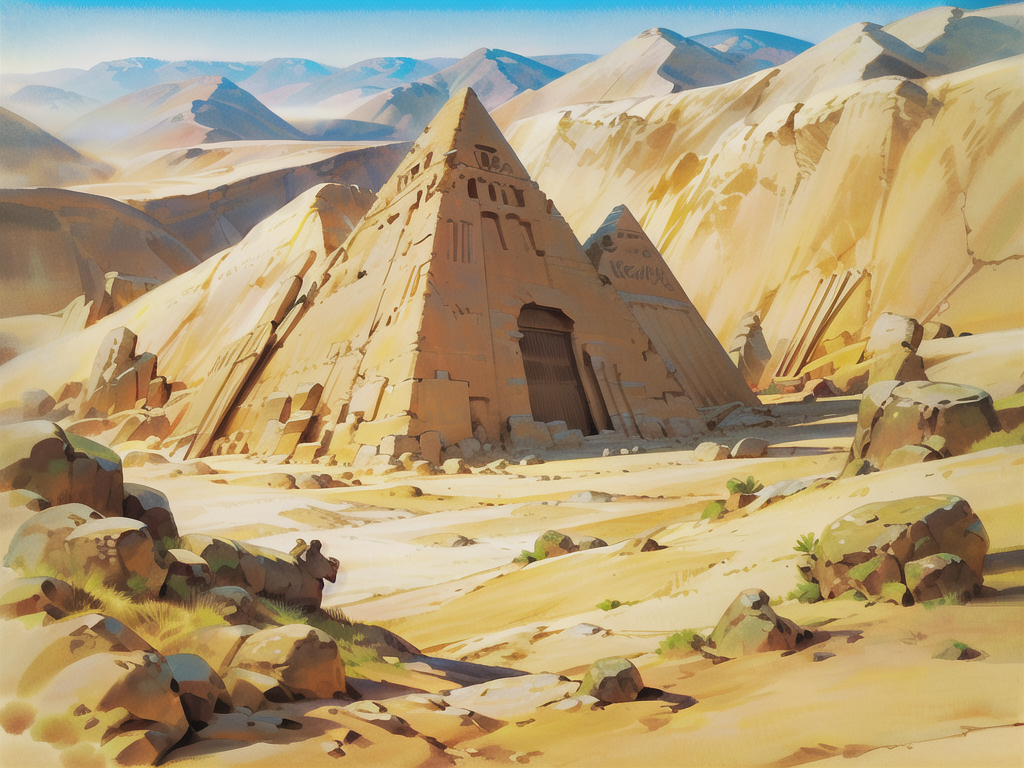
5. Pyramids of Giza, Egypt
Location: Giza, Egypt
History: Built as tombs for pharaohs, the Pyramids of Giza are among the most enduring symbols of ancient Egypt's grandeur. The Great Pyramid, constructed for Pharaoh Khufu, was the tallest man-made structure for over 3,800 years.
Highlights: The Great Pyramid, the Sphinx, and the Solar Boat Museum.
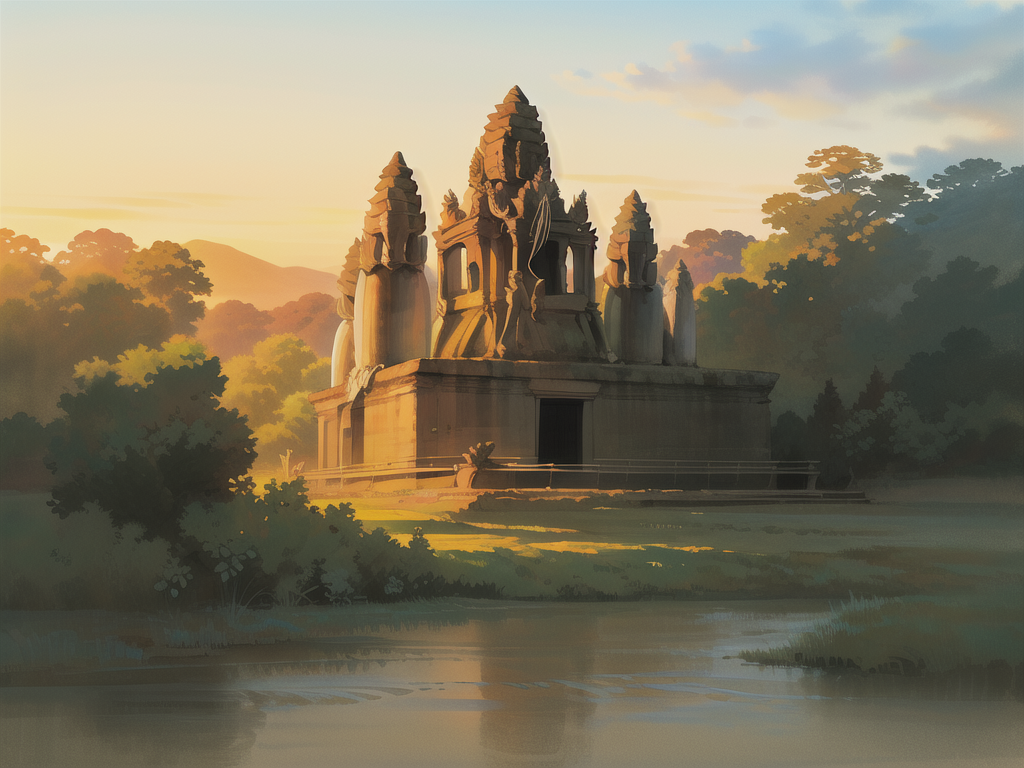
6. Angkor Wat, Cambodia
Location: Siem Reap Province, Cambodia
History: Angkor Wat is the largest religious monument in the world and the heart of the ancient Khmer Empire. Dedicated to the Hindu god Vishnu and later transformed into a Buddhist temple, it reflects the region's cultural evolution.
Highlights: The central sanctuary, intricate bas-reliefs, and the captivating sunrise view.
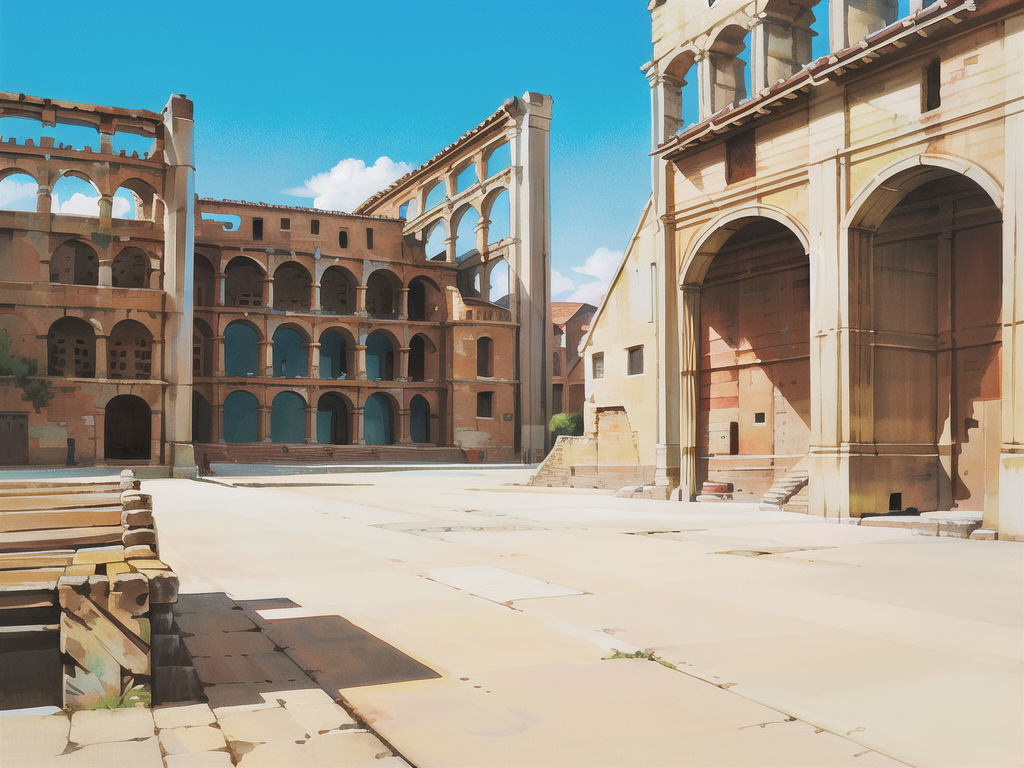
7. Colosseum, Italy
Location: Rome, Italy
History: The Colosseum, also known as the Flavian Amphitheatre, was an iconic arena for gladiatorial combat and public spectacles in ancient Rome. Its elliptical design and engineering brilliance remain awe-inspiring.
Highlights: Underground chambers, Hypogeum, and the monumental façade.
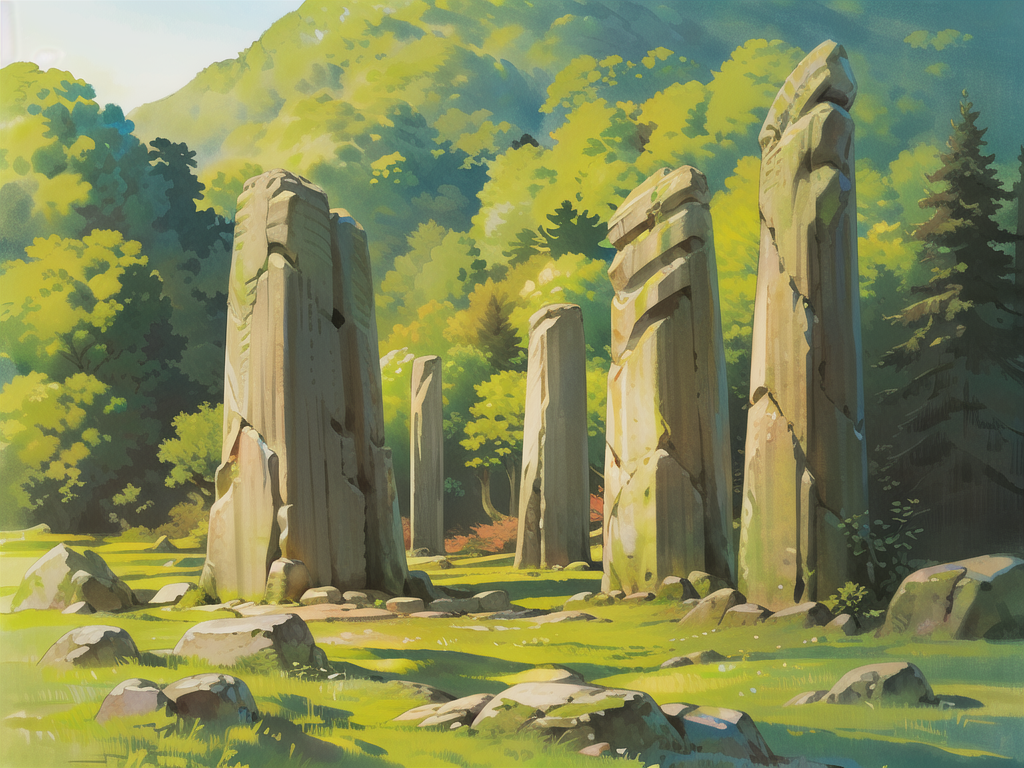
8. Stonehenge, United Kingdom
Location: Wiltshire, England
History: A prehistoric marvel shrouded in mystery, Stonehenge is believed to have been constructed around 3000 BCE. Its purpose, whether religious, astronomical, or ceremonial, continues to be a subject of fascination.
Highlights: The massive standing stones and the alignment with the solstices.
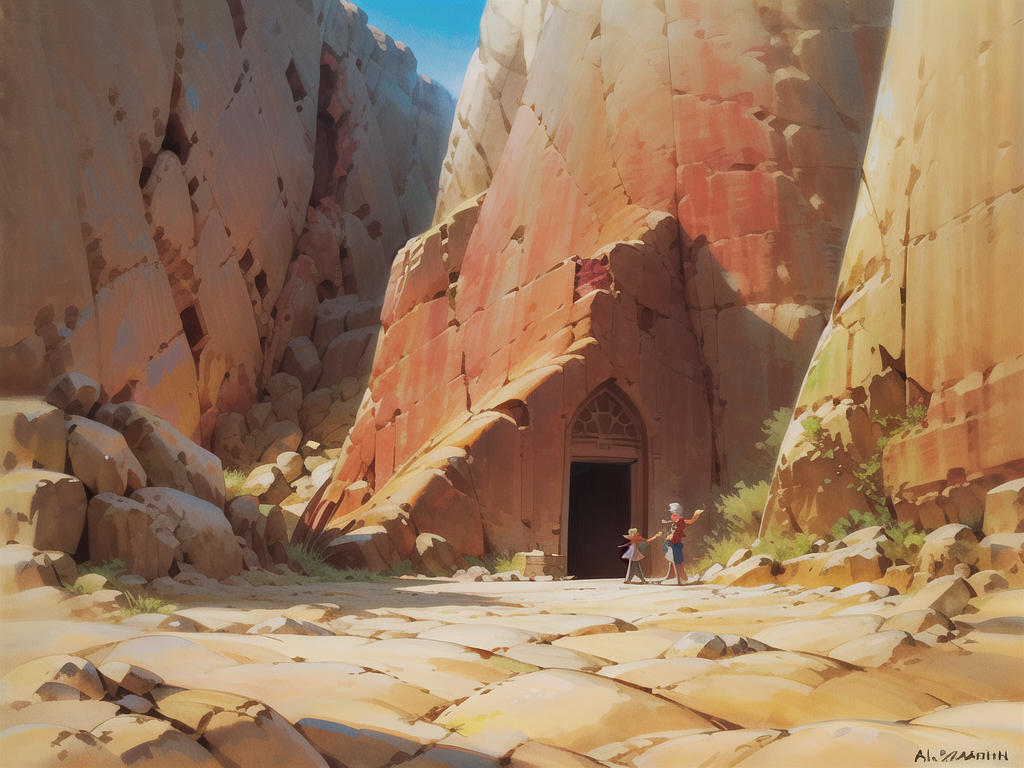
9. Historic Areas of Istanbul, Turkey
Location: Istanbul, Turkey
History: Istanbul, once known as Byzantium and Constantinople, served as the capital of three major empires: Roman, Byzantine, and Ottoman. Its historic areas boast an unparalleled blend of architectural styles and cultural influences.
Highlights: Hagia Sophia, Blue Mosque, and Topkapi Palace.

10. Chichen Itza, Mexico
Location: Yucatán, Mexico
History: Chichen Itza was a major city of the Maya civilization, showcasing a fusion of Maya and Toltec cultural influences. The site's architectural achievements and astronomical precision are remarkable.
Highlights: El Castillo pyramid, the Great Ball Court, and the Temple of the Warriors.
Final Thoughts
These UNESCO World Heritage Sites offer a captivating journey through time, allowing history buffs to immerse themselves in the rich tapestry of human civilization. Each site tells a unique story, bearing witness to the ingenuity, artistry, and cultural diversity that have shaped our world. So, pack your bags and embark on a historical odyssey that promises to leave you in awe of our shared heritage. Happy exploring!